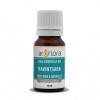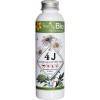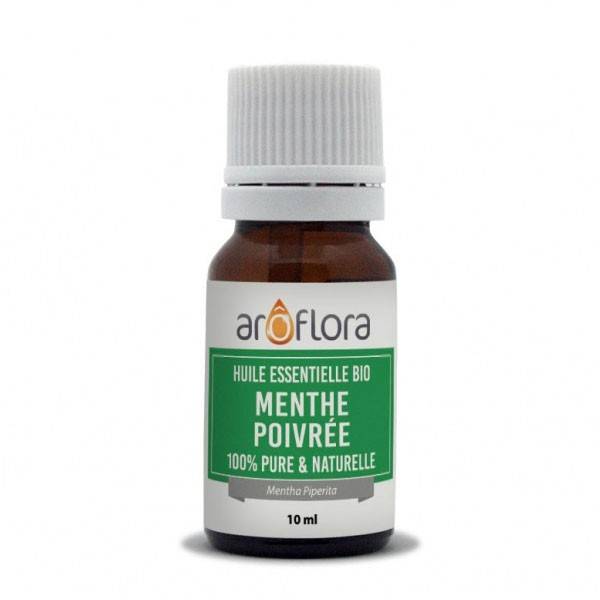
Peppermint AB - Leaves - 10 ml - Essential oil
Peppermint (Mentha Piperita) essential oil is stimulating, refreshing to your body and mind. It is known for its effectiveness against migraines, nausea and motion sickness. It relieves pain and gives a pleasant cold sensation on the painful areas. 10 ml bottle.
![]() KEY POINTS TO REMEMBER
KEY POINTS TO REMEMBER
![]() Analgesic and anti-inflammatory properties
Analgesic and anti-inflammatory properties![]() Improves digestion
Improves digestion![]() Stimulating and energising effect
Stimulating and energising effect![]() Decongestant and expectorant properties
Decongestant and expectorant properties
Identity card
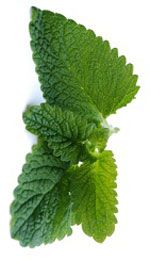
Botanical name : Mentha x piperita
French name / other names : menthe poivrée
Family : Lamiaceae
Certification : Essential oil from controlled, certified organic cultivation, 100% pure and natural, uncut and undeterpenated. It is certified AB by Ecocert France (FR-BIO-01).
Part of the plant used : aerial parts
Method of production : steam distillation
Origin : India
Yield : 0.8% to 1.2%. It therefore takes 100 kg of plant to obtain 800 g to 1 kg of Peppermint essential oil.
Sold in : Amber glass bottle with codigoutte
Some information about peppermint
Peppermint is a very common plant of which there are many varieties. Peppermint is one of the many hybrids (i.e. sterile) that can be found. It is cultivated in Europe and the United States, among other places. France produces little, but it is of remarkable quality. Mint is used as a flavouring for drinks and teas, as an ingredient in dishes and desserts and as a raw material for perfumery and dentistry. Peppermint essential oil is almost colourless and has a powerful, penetrating, fresh and spicy smell. The whole plant is distilled. Peppermint needs 16 hours of daylight to flower.
It has a strong fragrance with a highly camphorated flavour that goes well with eucalyptus, lavender, lemon and rosemary. It is one of the best essential oils for digestive problems, acid reflux, vomiting and motion sickness (breathe in the aroma directly).
Three drops in a fumigation will decongest your skin and eliminate bacteria.
Peppermint's cooling and analgesic properties are invaluable for soothing tired legs or hot feet.
An intellectual stimulant, it will awaken and clear the mind, relieving you of intellectual fatigue, stress and depression. It is also effective in the fight against dust mites. Finally, one drop to perfume a dish for 5 to 6 people is ideal for cooking.
Chemotype*
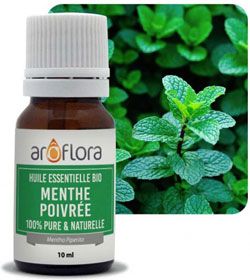
Menthol, Menthone
*The chemotype is the identity card of the essential oil, its chemical composition defined by chromatographic analysis. The same plant can have several compositions depending on the place and the variety. A chemotype depends on a property, an odour and a taste.
Chemical formula
The chemical composition of Mentha piperita varies greatly depending on the soil and the time of harvest. Peppermint essential oil consists mainly of menthol (30% to 40%), menthone (20% to 65%), esters, coumarins and sulphur compounds.
Allergens naturally contained in this essential oil : D-Limonene, Linalol.
Main indications
Depression, general fatigue, nausea, digestion, aerophagia, pain, cold, headaches.
![]()
To be used in low concentration (0.5%). It should be avoided during pregnancy. Peppermint essential oil should not be used in the bath, risk of thermal shock. Avoid contact with the eyes. This oil is irritating to the eye mucosa. If contact occurs, rinse with vegetable oil, not water.
Advice for use
Essential oils are powerful natural substances and should therefore be used with care. Even though essential oils have been used since ancient times, there is often a lack of knowledge about how to use them and the precautions to take. Many books deal with essential oils. It is therefore advisable to refer to them to find out the traditional methods of use.
Here are some examples of use
 Peppermint essential oil is very effective as an intellectual and physical energiser, particularly in cases of fatigue or weakness. Diffuse for 15 minutes in living rooms. You can also combine it with cypress or lemon essential oil to provide a tonic scent. Be careful not to use it in the evening before going to bed, as it will disturb your sleep.
Peppermint essential oil is very effective as an intellectual and physical energiser, particularly in cases of fatigue or weakness. Diffuse for 15 minutes in living rooms. You can also combine it with cypress or lemon essential oil to provide a tonic scent. Be careful not to use it in the evening before going to bed, as it will disturb your sleep.
It can also be used in case of heartache or motion sickness : in a car diffuser or 3 to 4 drops on a paper handkerchief, to breathe in.
Finally, peppermint essential oil can be diffused as a disinfectant. It will promote good breathing. You can combine it with the essential oil of rosemary or fine lavender. Diffusion time : 15 to 30 minutes.

The disinfectant action of peppermint essential oil will promote good breathing. Simply put 3 to 4 drops on a paper handkerchief and inhale regularly throughout the day.

It is advisable to mix a few drops of essential oil with a vegetable oil (sweet almond, jojoba, macadamia, rose hip, argan, olive, etc.) to use it as a massage oil.
For its soothing action on pain (shocks, falls, headaches and toothaches, etc.), 5 drops in a bowl of hot water as a compress. For headaches, you can also put 1 drop on the temples and frontal sinuses and massage gently.
It will also soothe irritated or sensitive skin : 1 to 2 drops diluted in a vegetable oil, applied locally.
In case of heat wave, pour 1 to 2 drops maximum of peppermint essential oil in a whole bottle of shower gel.
In case of itching, dilute 3 drops of peppermint essential oil in 10 drops of calendula vegetable oil, then massage the irritated area 3 times a day.
 To keep your breath fresh and pleasant, you can incorporate 1 drop of peppermint + 1 drop of lemon in a spoonful of olive oil, 3 times a day, before meals (do not exceed 1 week).
To keep your breath fresh and pleasant, you can incorporate 1 drop of peppermint + 1 drop of lemon in a spoonful of olive oil, 3 times a day, before meals (do not exceed 1 week).
To stimulate and energise your intellect, before an exam or interview, 1 drop of peppermint essential oil on a sugar cube or in a teaspoon of honey.
Tonic and digestive stimulant : to promote good digestion and proper functioning of the liver, 1 drop in honey after a meal, 1 to 2 times a day.

Do not use in the bath: risk of thermal shock !
Note : For diffusion, you can use our 30 and 100 ml bottles (organic essential oil packaged by Penntybio, certified AB for the company In Lustrys).
100% pure and natural oil
An essential oil is made up of chemically defined molecules (about 10,000 listed) that have been secreted by special plant cells. It can consist of from one to several hundred molecules, which helps explain why some essential oils have many properties but different therapeutic effectiveness. To guarantee the properties necessary for effective aromatherapy, it is important that an essential oil is 100% pure and natural (not cut, not deterpenated, not mixed with alcohol or vegetable oils) and preferably organic. This is the case for the essential oils we sell. They are sold in tinted bottles with a dropper cap.
Go to the "Properties and characteristics of essential oils" file. Whether pure or mixed, you can use them in our different diffuser models. The information given on each essential oil is for guidance only. Beware of self-diagnosis, do not hesitate to consult an aromatherapist or any other recognised professional and read our special file "properties of essential oils"in our thematic files.
Essential oils can help you
Essential oils are primarily used to help you treat many ailments. But beware, even if essential oils are often extracted from edible plants, their concentrations make it necessary to remain cautious and respect their curative power. The use of essential oils is relatively simple and if you follow a few basic rules, they will put their therapeutic genius at your disposal. Covering with essential oils has more advantages than disadvantages.

In our essential oil primer, you will find all the ailments for which peppermint essential oil is used in the blend :
Dental abscess, Acne, Aerophagia, Alcoholism, Anti-flies, Anti-ants, Anti-food moths, Anti-mosquitoes, Aftershave, Osteoarthritis, Abdominal bloating, Dry mouth, Heat, Colitis, Rosacea, Jet lag, Itching, Diarrhea, Difficult digestion, Dental pain after extraction, Sprain, Stomach disorders, Loss of voice, Fatigue, Flatulence, Scabies, Hepatitis, Hiccups, Low blood pressure, Heavy legs, Motion sickness, Menopause, Migraine, Mycosis, Neuralgia, Rat and mouse repellent, Snoring, Sciatica, Sinusitis, Syncope, Smoking, Torticollis, Urticaria, Varicose veins, Worm infestation, Dizziness, Vomiting, Shingles.
Who is allowed to use Peppermint essential oil ?
|
|
|
|
|
|
Risks of using Peppermint essential oil
|
|
|
|
WARNING : These properties, indications and methods of use are taken from reference books or websites on aromatherapy, hydrolatherapy and phytotherapy. They are regularly found there and many of them are confirmed by observations in scientific environments. However, this information is given for information purposes only, and in no way constitutes medical information, nor does it engage our responsibility. For any use of essential oils for therapeutic purposes, consult a doctor.
Regulatory information on the use of Peppermint essential oil
Precautions for use : Keep out of reach of children. Do not use on children, pregnant or breastfeeding women. Prolonged use is not recommended.
- Labels / certifications
- Organic farming
- Capacity
- 10 ml
- Odour
- Fresh
- Odour
- Mentholated
- Odour
- Herbaceous
- Can be used
- In the kitchen
- Can be used
- By mouth
- Can be used
- By inhalation
- Can be used
- Massage
- Can be used
- Broadcasting
- Recommended for
- Spring / Summer
- Recommended for
- Autumn / Winter
Specific references
16 other products in the same category:
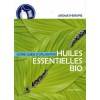
Your guide to the use of organic...
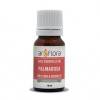
Palmarosa AB - Leaves - 10 ml -...
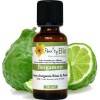
Organic Bergamot - Fruits -...
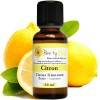
Organic Lemon - Zest - Essential...

Practical Guide to Essential Oils
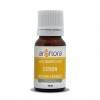
Lemon AB - Zest - 10 ml -...
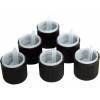
Set of 6 child safety caps for...
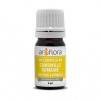
Roman chamomile AB - Flowers - 5...
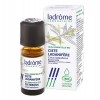
Organic cistus ladaniferous -...
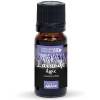
Aspic lavender AB - Flowers - 10...
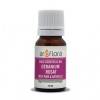
Egyptian Geranium AB - Plant...
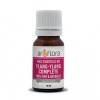
Ylang ylang AB - Flower - 10 ml...
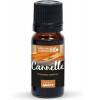
Cinnamon AB - Leaves and twigs -...
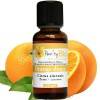
Organic sweet orange - Zest -...
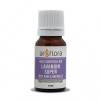
Lavandin super AB - Flowers - 10...
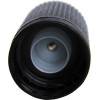
Roll-On steel ball stopper for...
Customers who bought this product also bought:
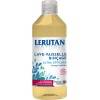
Spoun dishwasher rinse aid - 500 ml
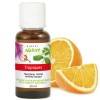
Tropics – Synergy 30ml
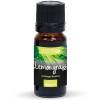
Lemongrass AB - Plant - 10 ml -...
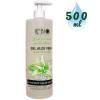
Aloe Vera gel 98% fragrance free...
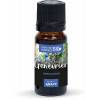
Juniper AB - Berries - 10 ml -...
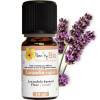
Lavandin Essential Oil - 10 ml
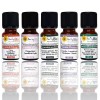
Synergy diffusion offer
